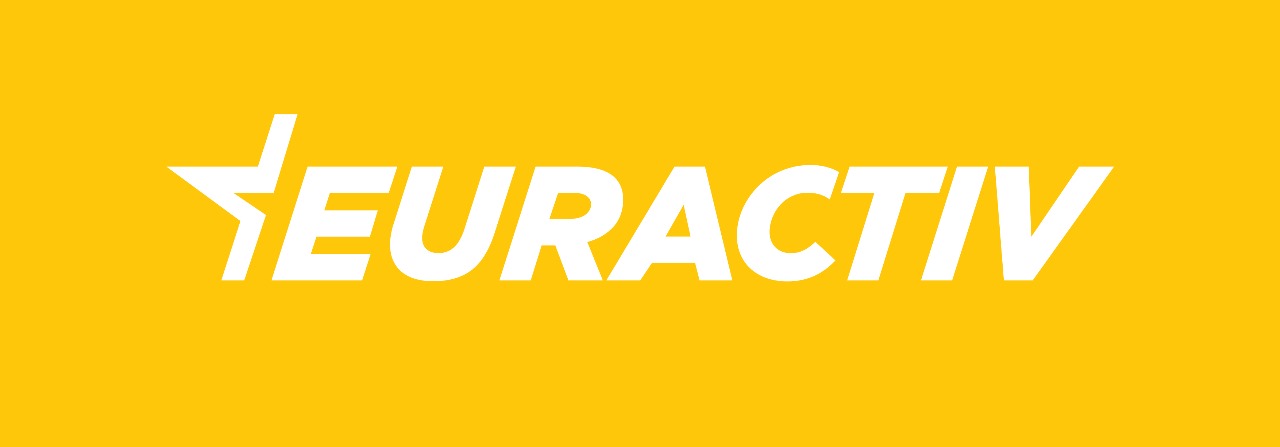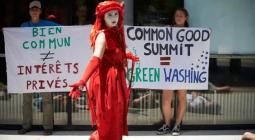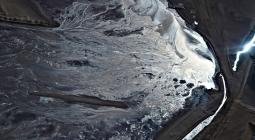EU Commission eyes ‘Juncker plan on steroids’ to boost green investments
The next European Commission that will be appointed after June’s EU election will focus on implementing green laws adopted in the current mandate and boost investments in clean tech to meet the EU’s 2030 climate goals, a top official has said.
Kurt Vandenberghe, director general at the Commission’s climate action department, made the remarks on Wednesday (21 February) at the launch event of a report by the Institute for Climate Economics (I4CE) which explored the “European Climate Investment Deficit”.
According to the report, a gap of €406 billion remains to be filled annually in order to meet the EU’s 2030 climate goal of reducing net greenhouse gas emissions by at least 55% below 1990 levels.
Vandenberghe did not dispute the figure, saying it will be up to the next EU executive appointed after the June European elections to ensure the targets are met.
“We will need to reduce emissions at triple the rate that has been done over the last 10-15 years. And that requires massive investments,” Vandenberghe admitted.
“The next Commission in my view will need to be an investment Commission,” he added.
“The way I would like to put it is that we need a kind of Juncker plan on steroids for the next Commission.”
‘We can do it’
The so-called Juncker Plan was launched in 2015 with the objective of closing the investment gap left by the global financial crisis of the late 2000s and the eurozone debt crisis that followed.
The objective was to mobilise at least €315 billion in additional investments by 2018, a target that was exceeded to reach €335 billion, according to the European Investment Bank (EIB), which contributed with own finance as well as loan guarantees.
And according to Vandenberghe, the Commission “can do much better this time” thanks to the experience gained.
Back in 2015, there were few projects applying for funding, the EU official explained. “Today, it’s different, the pipeline of projects is overflowing. We see an enormous number of Final Investment Decisions that are ready but not yet taken.”
Taking the EU’s Innovation Fund as an example, Vandenberghe said it was currently “six times oversubscribed” – a sign that interest in clean energy projects is stronger than ever.
“So the commitment is there, it’s just about kick-starting this investment programme.”
According to Commission estimates, €0.9 trillion per year was invested in low-carbon technologies over the past decade. “This decade it has to be €1.2 trillion, and the next decade €1.5 trillion,” Vandenberghe said.
“The investments we need are big, we cannot underestimate that. But they’re feasible, especially if we do it cost-efficiently,” the official said.
One of the keys, he explained, is to understand that many of those investments will have to be made anyway, for example, to expand the electricity grid.
Another key is to see those investments as a replacement for those currently being made in fossil fuels. Fossil imports equalled €640 billion in 2022 and €385 billion in 2023, while fossil fuel subsidies – both direct and indirect – are currently “close to €1 trillion per year”, the official indicated.
“So it all means that it is feasible, it’s not that extraordinary. We can do it.”
Return of austerity policies
The “European Climate Investment Deficit report” by I4CE comes at a time when public finances are coming under strain.
The EU suspended its usually strict fiscal rules during the COVID-19 pandemic in 2020 but those are due to be reactivated this year following a political agreement to reform the EU’s Stability and Growth Pact, reached earlier this month.
For Vandenberghe, the revised fiscal pact will make it essential to spend every euro available in the smartest possible way.
“It’s a lot about de-risking, sharing risk with the investors. For that, we need new financial instruments, like the EIB has done for wind power – with counter-guarantees. So, the search is on for this kind of new ways of doing things.”
New possibilities under revised EU fiscal rules
Pascal Canfin, a French lawmaker who chairs the European Parliament’s environment committee, agreed, and pointed to novel aspects of the revised Stability and Growth Pact that will encourage green investments.
“For first time, there will be mandatory consistency between the National Energy and Climate Plans (NECPs) and the debt reduction trajectories” of EU member states, Canfin said.
“So far, it was completely disconnected – you had economic governance on one side and climate governance on the other.”
Vandenberghe opined, saying the revised EU fiscal rules now allow governments to co-finance green projects that are supported by the European Union.
Public spending ceilings “are indeed very strict but they don’t apply to the same extent when there is co-funding with EU programmes,” Vandenberghe pointed out, saying this brings “a lot of potential for more EU coordination of national funding”.
Taking Germany as an example, Vandenberghe said Economy Minister Robert Habeck has agreed to put €350 million on the table to co-finance German projects selected as part of an EU-wide auction for renewable hydrogen generation.
“Mr Habeck will come in, pick up the bids from Germany and pay those that are selected through the European auction. And he gets exempted state aid clearance – that is agreed with DG Competition,” the EU official said.
According to Vandenberghe, similar co-financing possibilities – with exemptions from EU state aid rules – are now also possible with other EU funding programmes, like the cohesion fund, the just transition fund, and the recovery fund.
Cover photo: “The next Commission in my view will need to be an investment Commission,” said Kurt Vandenberghe (R), director general at the European Commission’s climate action department. [Photo credit: @I4CE_ / X]




